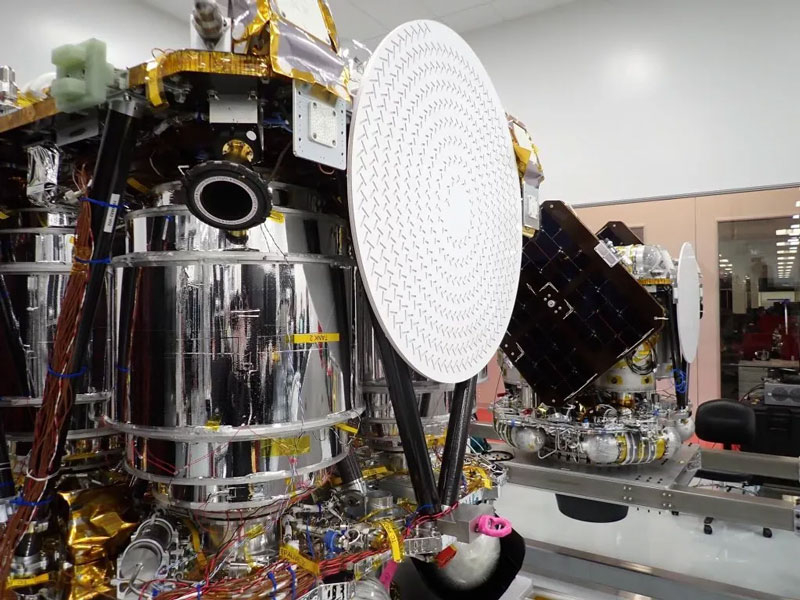Known for its lightweight Electron rockets, Rocket Lab promises to revolutionize space platforms. For just 1/10 the cost of NASA platforms, the company promises to create its own platform for delivering scientific payloads to Mars orbit. If similar missions cost NASA $500 million, then Rocket Lab’s services will cost much less than $50 million, as we will be able to verify this fall.

Artistic representation of EscaPADE’s mission. Image source: Rocket Lab
The idea of saving money on missions deep into the solar system took shape at NASA by 2019. The agency established the SIMPLEx (Small Innovative Missions for Planetary Exploration) program, which intended to shift the burden of responsibility for creating satellites for long-distance flights onto the shoulders of private companies. The cost of each mission within the program was limited to $55 million, not including launch costs. Three projects were selected, one of which involved Rocket Lab.
The company does not specify how much they valued their satellite platform for delivering instruments to Mars orbit. According to the head of the company, the amount is two orders of magnitude less than other alternatives. Instruments for the EscaPADE (Escape and Plasma Acceleration and Dynamics Explorers) mission are being built by the UC Berkeley Space Science Laboratory (SSL). Rocket Lab’s task is to design and manufacture the “bus” – the frame for mounting the load, the propulsion system and the systems for supporting the operation of the load and the satellite. SSL and Rocket Lab divided the amount of $55 million among themselves in a proportion unknown to date.
The EscaPADE mission involves delivering two satellites into Mars orbit: Blue and Gold. Instruments on board the vehicles will study the interaction of the Red Planet’s atmosphere with the solar wind—plasma particles. The mission is designed for 11 months of work. The satellites will need another 11 months to fly to Mars and enter its orbit. Each of the devices has its own chassis, but in essence they are twins.
The launch of satellites into space is expected no earlier than October 2024. The trick is that they should be launched as part of the first test flight of Blue Origin’s new New Glenn rocket. If the launch does not take place within “a few months” after October, sending satellites to Mars will be delayed by two years until the next window. But even having arrived at Mars, the satellites will hang there for three months, since during this time the Sun between Mars and our planet will interfere with communication with the Earth. Actually, this is the period for which the launch of New Glenn may be delayed.

Two EscaPADE devices on an assembly stand
For Rocket Lab, as a designer and manufacturer of a satellite platform, the situation was complicated by the fact that New Glenn was selected to launch vehicles only in February 2023. The designer could not rely on the parameters of the launch vehicle, which is, in general, unusual. Therefore, the chassis had to be designed on a different basis – relying on the final mass and the necessary maneuverability of the platform so that it could enter Mars orbit.
Rocket Lab has had one relatively positive experience in the past of sending its platform on an interplanetary flight. She ensured the delivery of the CAPSTONE cubestat to lunar orbit. The struggle for the survivability of the cubesat lasted almost five months, but it finally reached its destination. The experience gained will help the company deliver satellites to Mars at a bargain price. But given the circumstances – a new rocket and a new chassis – it will be a risky undertaking.